|
Before I introduce my second iteration of a lunar lander, I want to talk about the OX.1. This is a fantasy experiment gone horribly right. One of the mods I was using in KSP at this time in 2015 was a stealth wing package, and I wanted to create a stylish, SciFi jet using these handsome stealth wing parts. The result was this awesome looking craft that looks and flies like Batman's Batwing (minus the VTOL), but in light of that already being a thing, I named this one the OX. Despite having too many unnecessary surfaces in place for aesthetics, too many control surfaces to compensate for competing lift directions, strange yet effective lift chambers and pockets created by the various part configurations, and probably some broken physics programed into the parts package, the result of this was an incredibly maneuverable and stable craft. Handsome too. What amounts effectively to a high tech bush plane, the OX.1 is really slow at top speed, but incredibly nimble and responsive. It's an all electric vessel with a combination of turbine and ionic thrusters. The OX can pierce the veil into orbit and sit quietly in observation like the 'Black Knight Satellite' due the onboard ionic thruster, or whip around tight turns and acrobatics in atmosphere with the turbine combinations.
Liftoff can occur as slow as 30 meters/second, and landings are a little floaty but very gentle and stable. It's most likely broken physics simulation data, but if I dropped to landing altitude, set trajectory to the horizon, and cut engines, the OX would test one's patience before it ever touched gear to ground. It would just float along on the lift pockets built into the body. Yes my computer really was that slow, and this video is sped up 4x. Enjoy, -NR
0 Comments
The HovMoth or Hover Moth was my first attempt at a Moon (Mun) lander. I wanted to see a Hydrogen Ion driven, VTOL, single stage to orbit vessel capable of lateral atmospheric flight, but built to gently touch down and navigate multiple Lunar encounters. It took some adjusting but the HovMoth hit every mark as a prototype. It didn't have lights, airbrakes for reentry, and the thrust configuration wasn't the greatest, but worked as a first round draft. If you look close you can see that I changed the nose cones from the funky mandible looking ones, to a much smaller dome shape in the videos. I unfortunately don't have a hangar photo of that configuration. VTOL Takeoff to lateral flight "Skidding" to a stop Helipad landing The little ship was really stable as a VTOL machine, but was really unpleasant to fly aerodynamically. That was okay to me as I designed the optional wing functionality as a mechanism for Earth (Kerbin) reentry to fly laterally to a landing zone, once within atmosphere just in case reentry position ends up not being optimal.
The HovMoth touched down on and navigated Lunar encounters really well, but the thrust configuration angles were a little too aggressive in the slight gravity of the Moon (Mun). Between the thrust angles, and not having lights for better proximity orientation, there were a few more Lunar crashes than I care to mention, but the successes guided me in my next Lunar lander design. More on that later. Enjoy. -NR An honorable mention is this little guy, the Fruit Bat. It was one of my early designs in KSP and is mostly aesthetic rather than innovative or extraordinarily capable. An all electric atmospheric plane, the fruit bat is not particularly fast and is not designed for orbit. It is fun to fly though, and performs like a solid little jet. It was designed to familiarize myself with the all electric propulsion systems in KSP and to proof the onboard electric generation systems for long range flight.
The Fruit Bat is reliable and fun to fly, plus it looks like something straight out of a sci-fi anime, and that was kind of what I was going for. -NR The Manta-Ray.1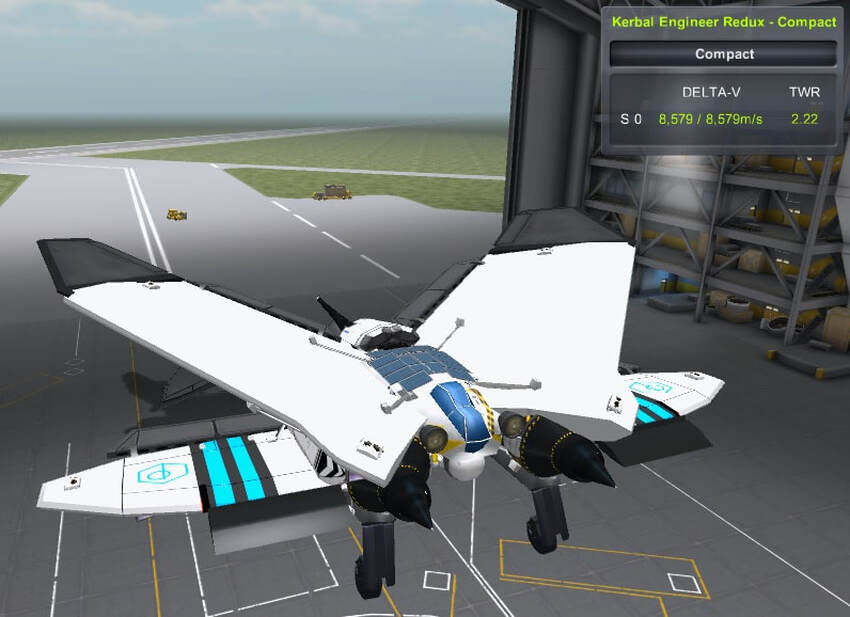 The Manta-Ray was mostly an experiment in animal form aesthetic, but ended up being a fair design for a really safe, slow, and stable plane. It runs on electric charge and hydrogen. I didn't get it orbital, and it's not particularly acrobatic, but super stable. It rolls well, but is a pain to pitch back and if not anticipated, will cause problems. Perhaps a multi-atmospheric submersible design could be inspired by this little guy. I wanted to design a plane that looked like a Manta Ray and this was the first round draft. (Name changed because I just found out about the x-44) The Hydray.1The second attempt at a Manta Ray inspired plane looks good, but is tough to fly. Once flying the plane is extremely stable, but again does not pitch back well at high speed. Still running on electric charge and hydrogen, the best parts of this plane were the look and the name. The Hydray.1 inspired the name for my second novella, and a very different craft. More about that later.
Swift: inspired by modern fighter jets, the Swift was actually awesome. I used some experimental thruster configurations which made for a stable flight platform, with flexible engine combinations. It was not designed for it, but I was able to push it out of atmosphere, even with conventional intake reliant electric thrusters. It was fast, stable, and responsive. Swift.2: This was the second version of the Swift, but designed with orbit capability in mind. It worked. The first version was kind of a minimal build, so the 2.0 version was not. Extra energy storage and generation systems, airbrakes, survival systems, lights, and a hydrogen Ion thruster sent us into space and back with repeatable success.
Here are some insights into my adventures in Kerbal Space Program. Learning curves and crashes create cool crafts.
Anyone else a Kerbal Space Program fan? I discovered KSP around 2014 when it was in a pre-vanilla state, and had a rich mod culture backing it up. I became kind of obsessed with single stage to orbit spaceplanes, and designed a little experimental fleet of animal inspired spaceplanes.
I held my designs to using electric and ion thrusters, and eventually got into VTOL and Munar (Moon) lander designs. This craft is not that though. The Electric Moth: This craft has four conventional electric engines, and one hydrogen fed ion thruster, and is great in atmosphere and orbit capable. Shutting conventional intake apertures at the cusp of atmosphere breach is necessary, but the Hydrogen-Ion thruster takes over seamlessly and allows the plane to carry on to a range of flexible orbits. It will make it to, and touch down on the Mun (Moon) but is not great at it. This plane was one of the earliest designs I made. I designed it loosely after the form of a moth. The winglets on top of the cockpit are not necessary or practical, but are thematic and adorable. They also only helped the flight profile so I kept them. This plane is an absolute thrill to fly. It flexes but doesn't break, and can pull all sorts of acrobatics. It has four strong landing apparatuses that are wide set for rough field landings. I landed it all over Kerbin (Earth). The Hydrogen Ion thruster allows the E-Moth to achieve stable orbit, and though the plane is not particularly fast, it is brilliantly maneuverable and just fun to fly. I was running this game on an old laptop, with a heavily modded (mostly parts) pre-vanilla Kerbal Space Program, and yes it ran this choppy. I am a little embarrassed to upload these videos because of the lag, but also want to share these old designs. Maybe they'll inspire someone else. Enjoy. NR |
Nicholas RodriguezArtist, designer, musician, writer, craftsman, nature geek... Archives
March 2024
Categories
All
|
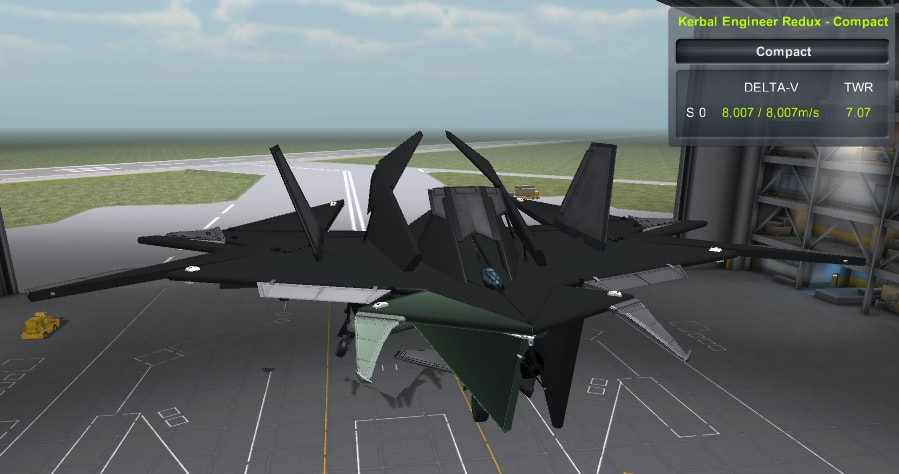
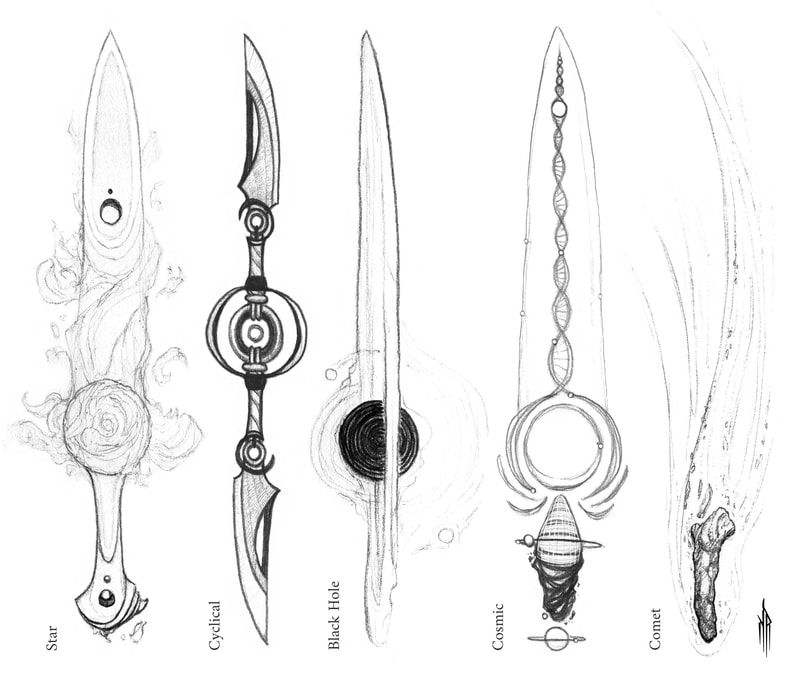
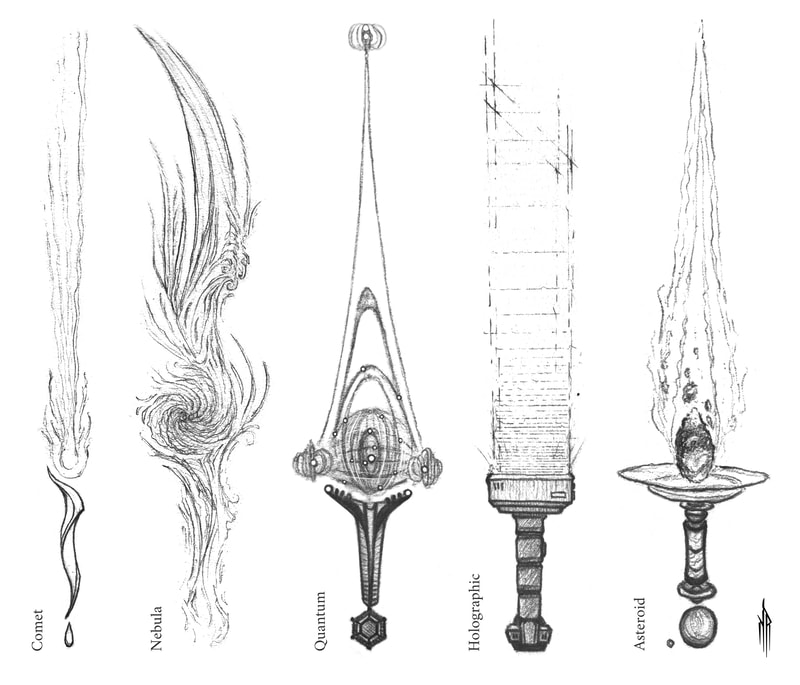
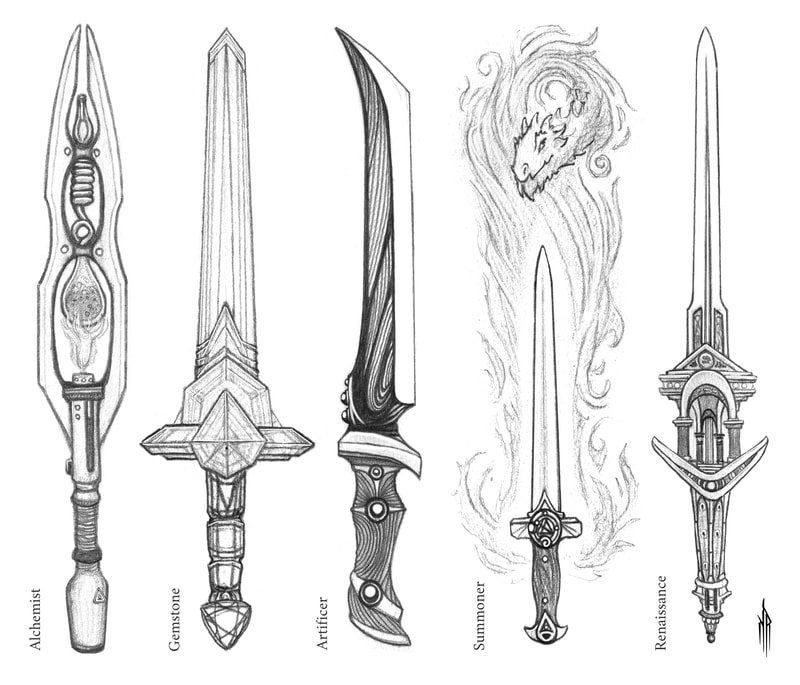
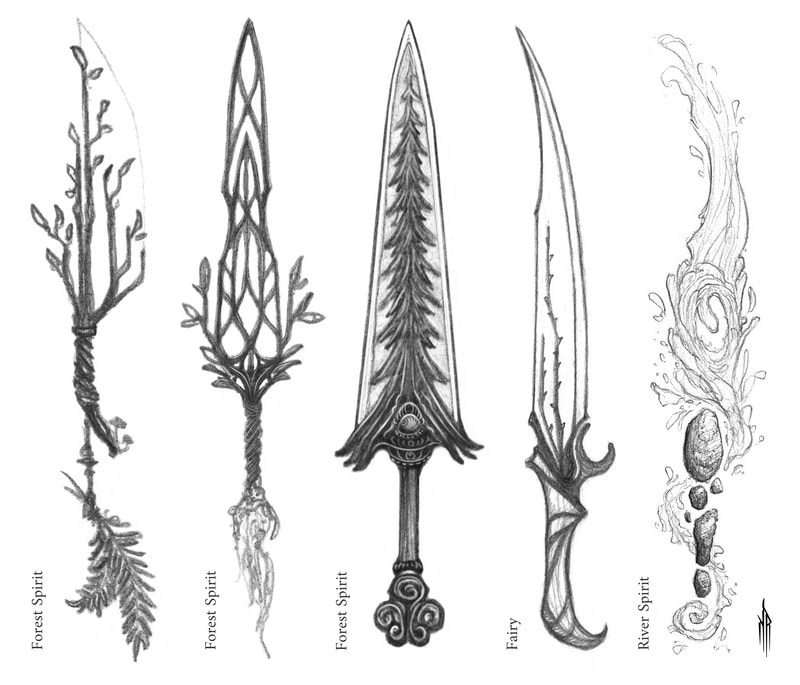
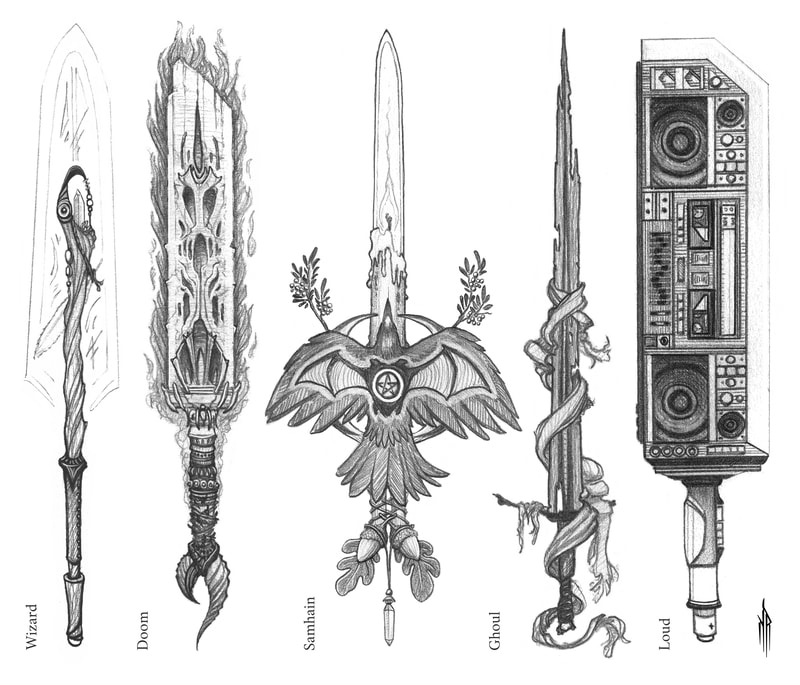
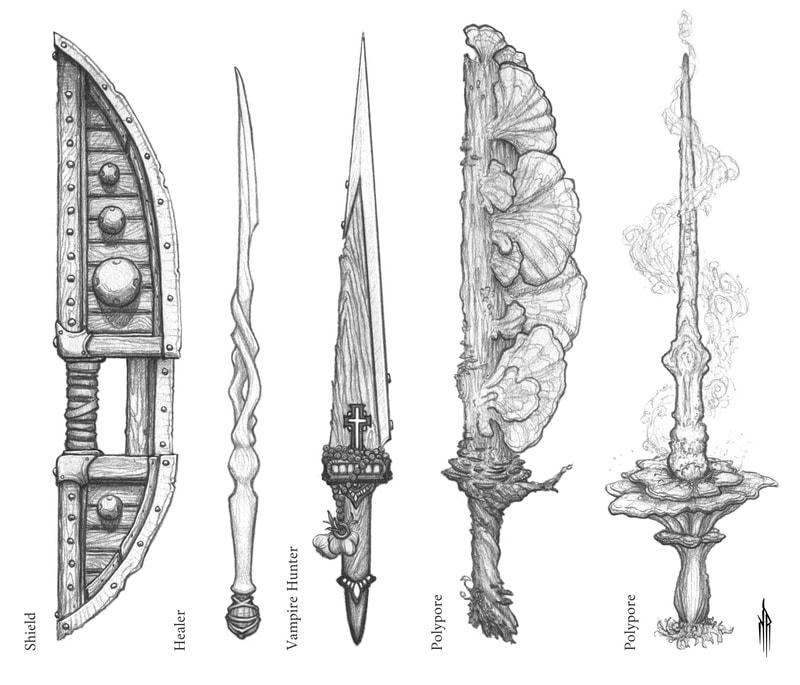
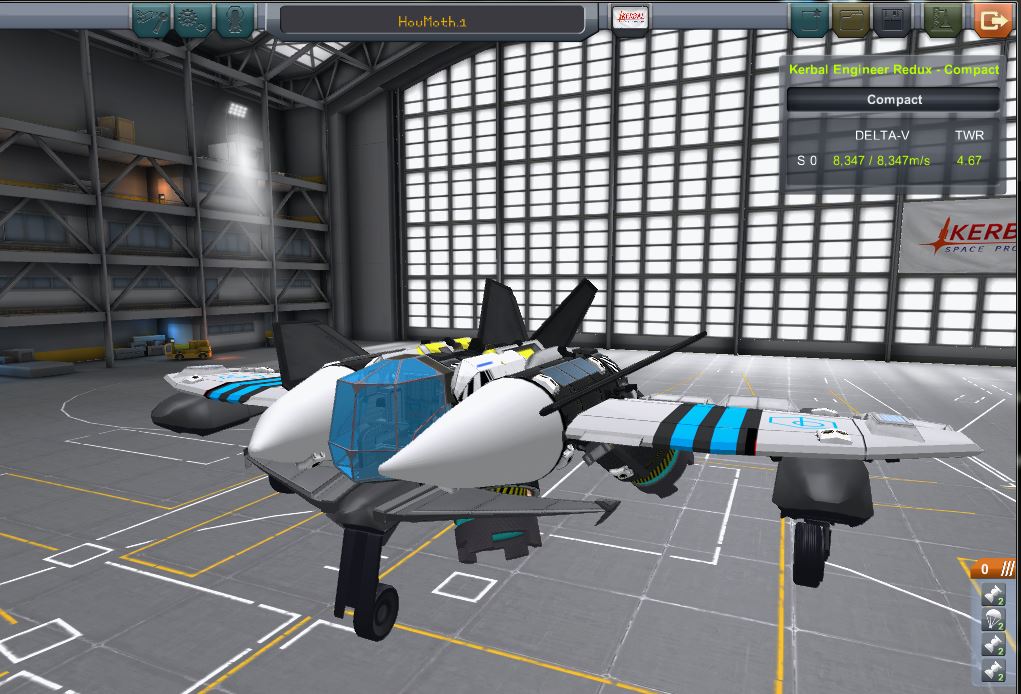
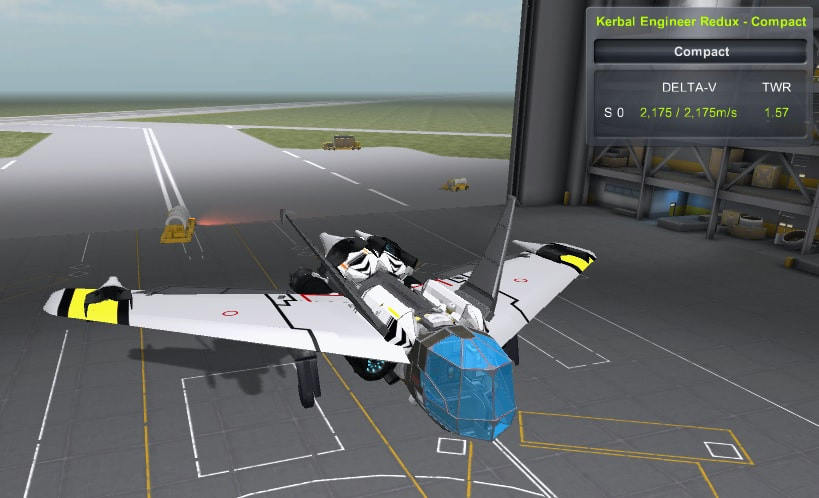
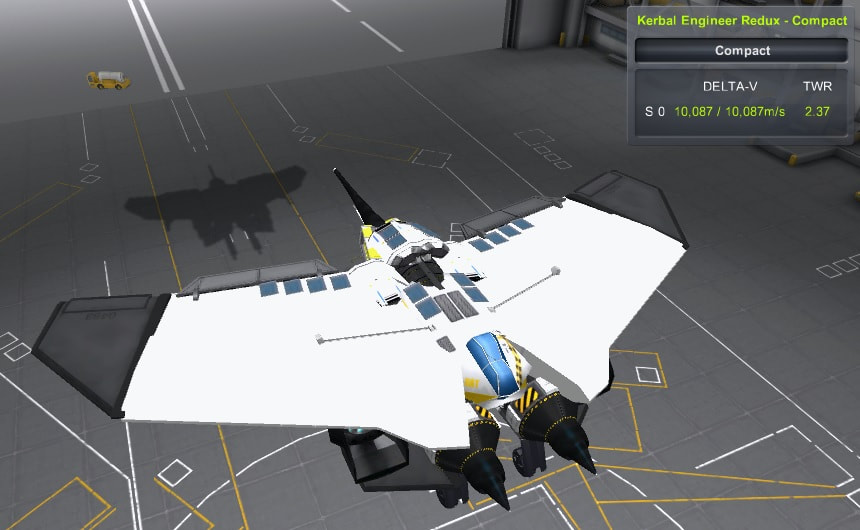
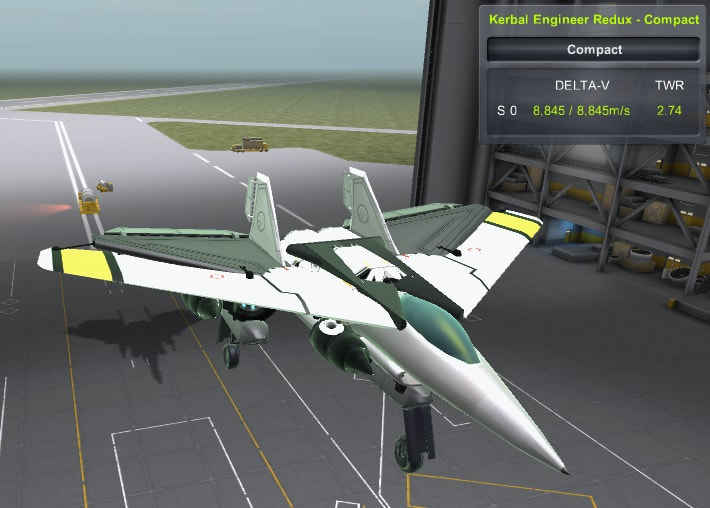
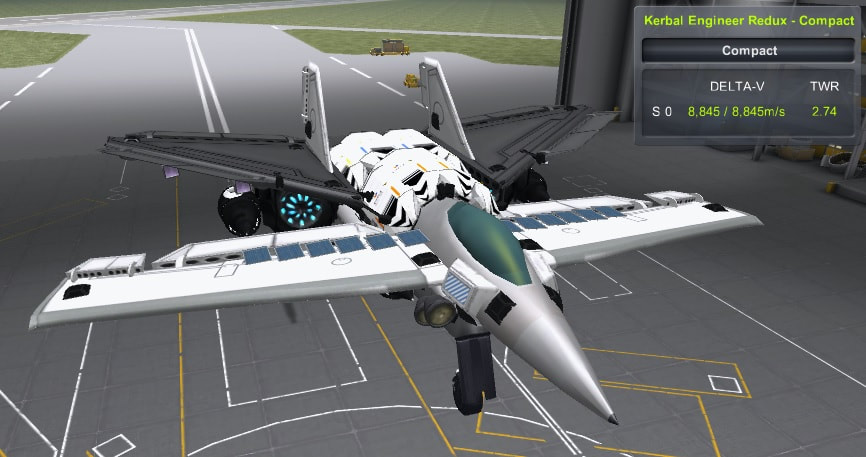
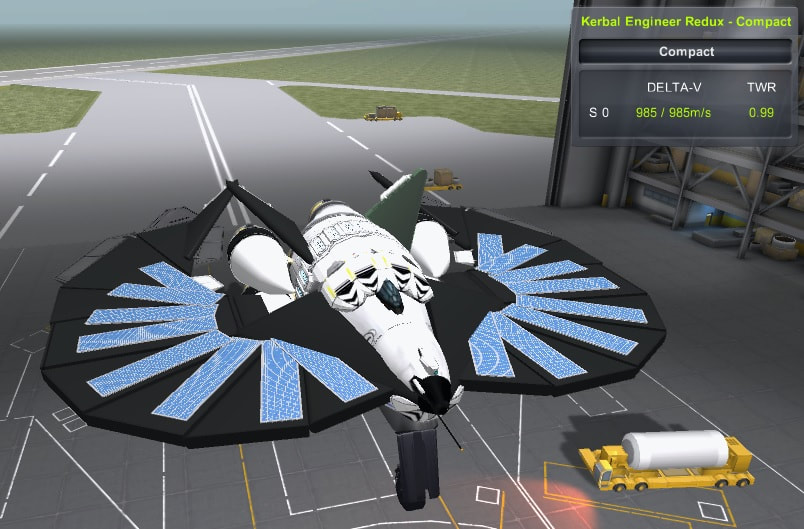
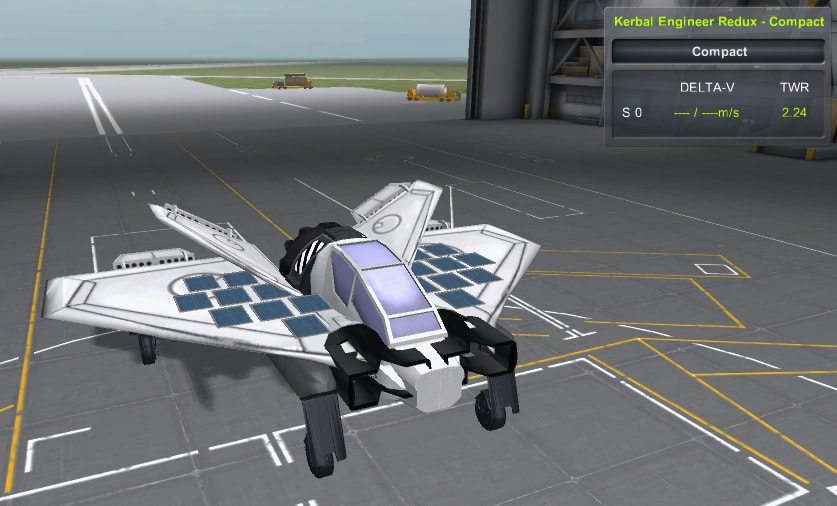
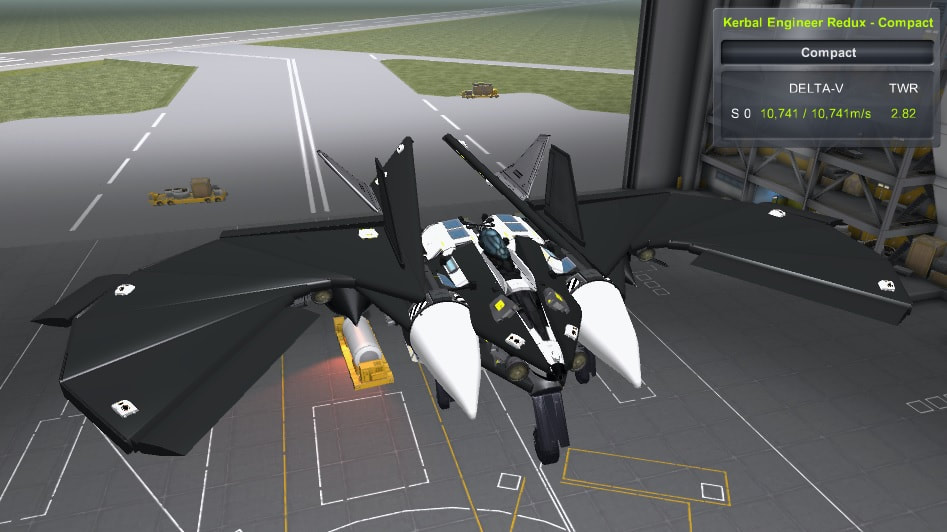
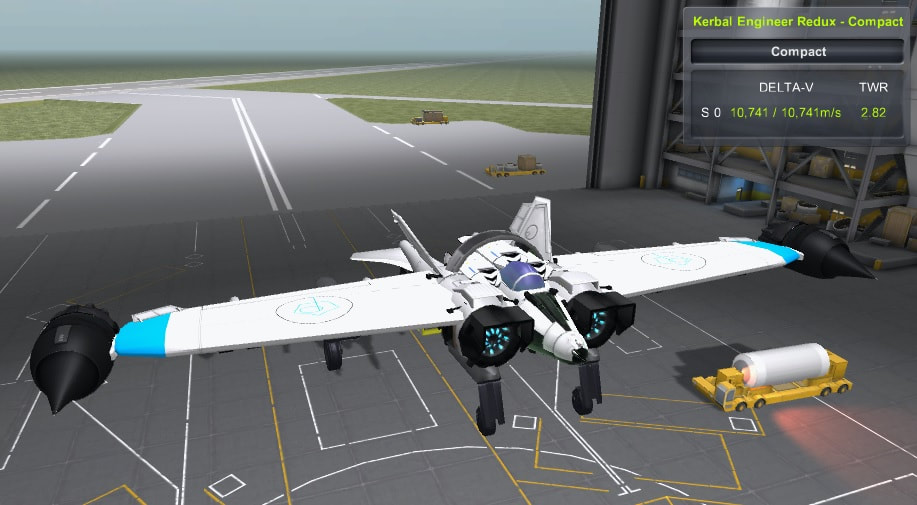
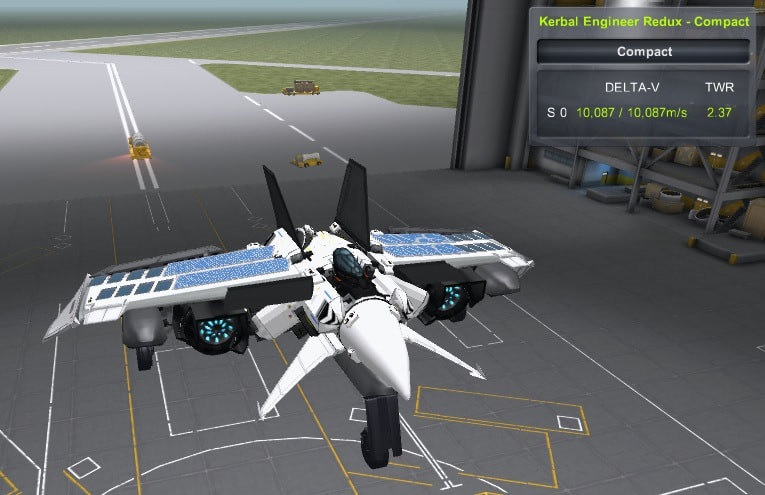
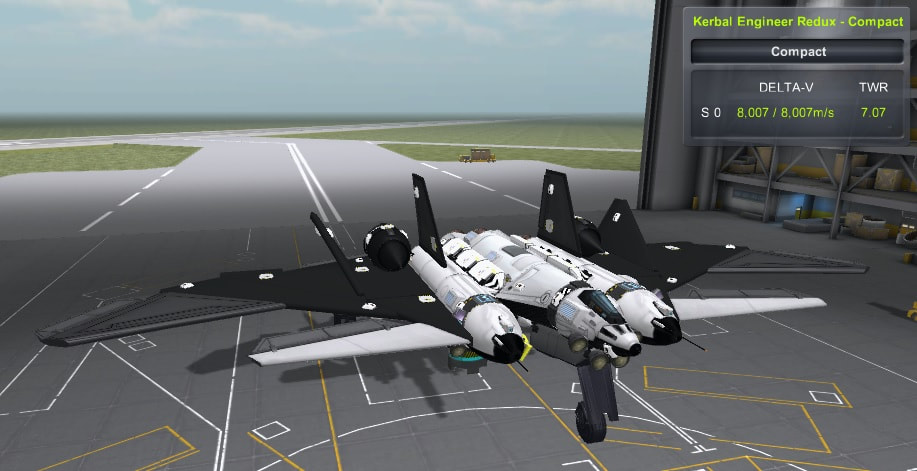
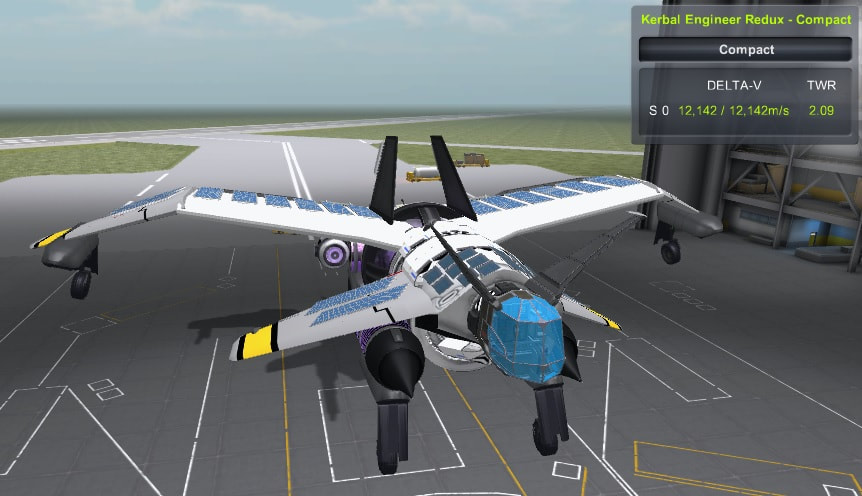
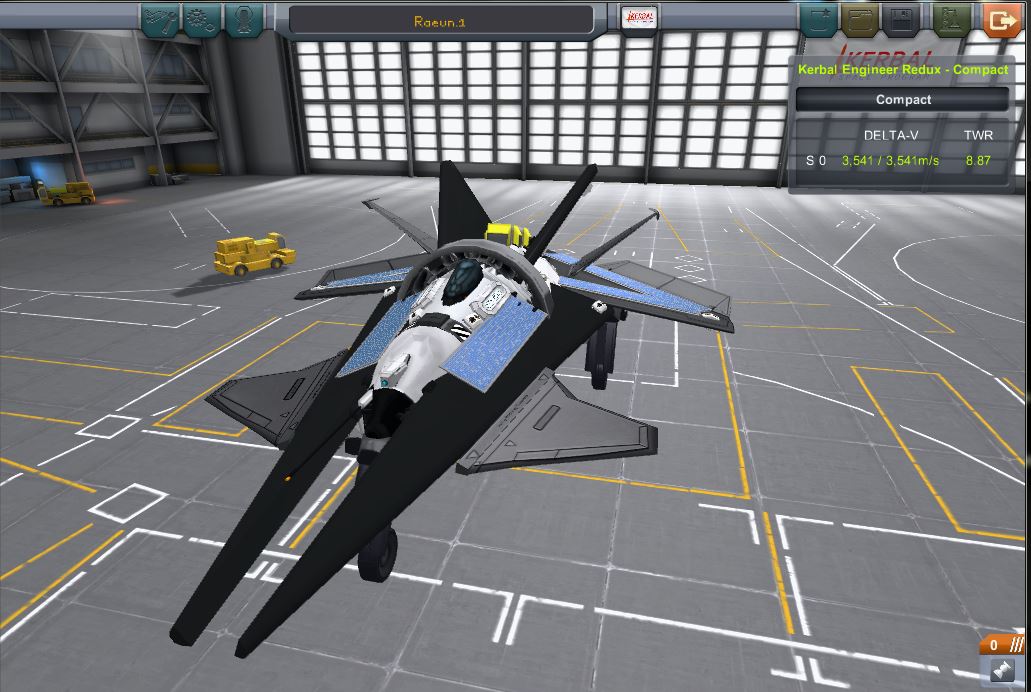
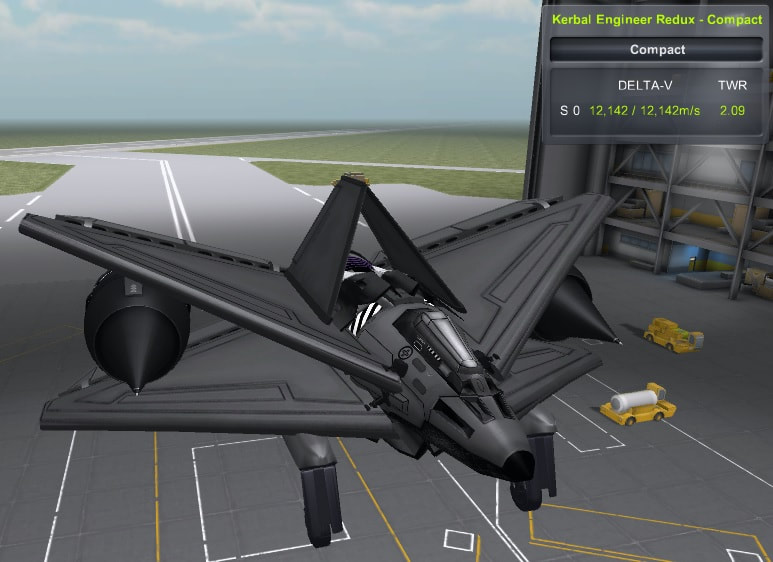
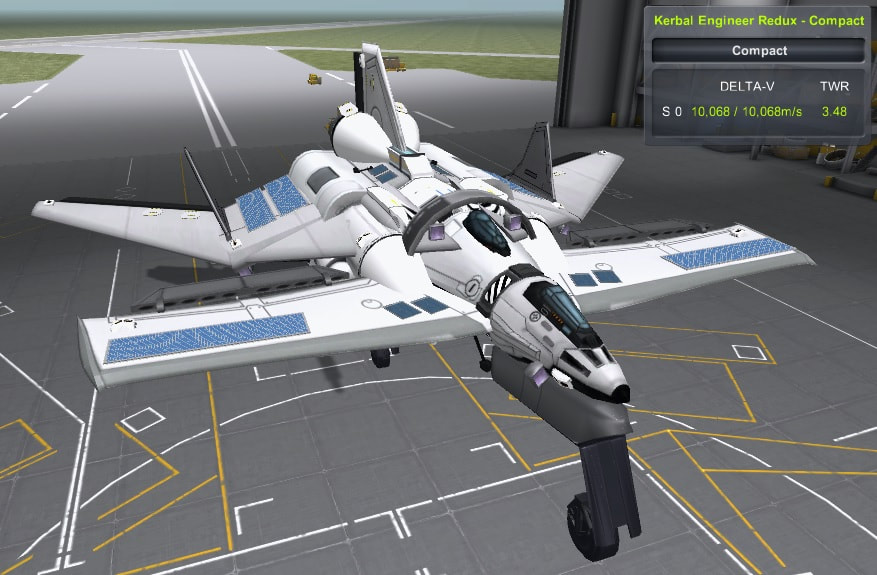
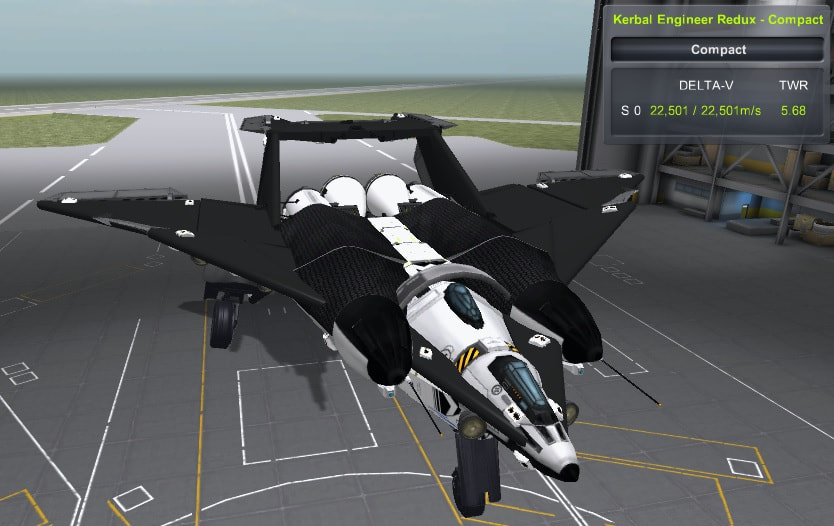
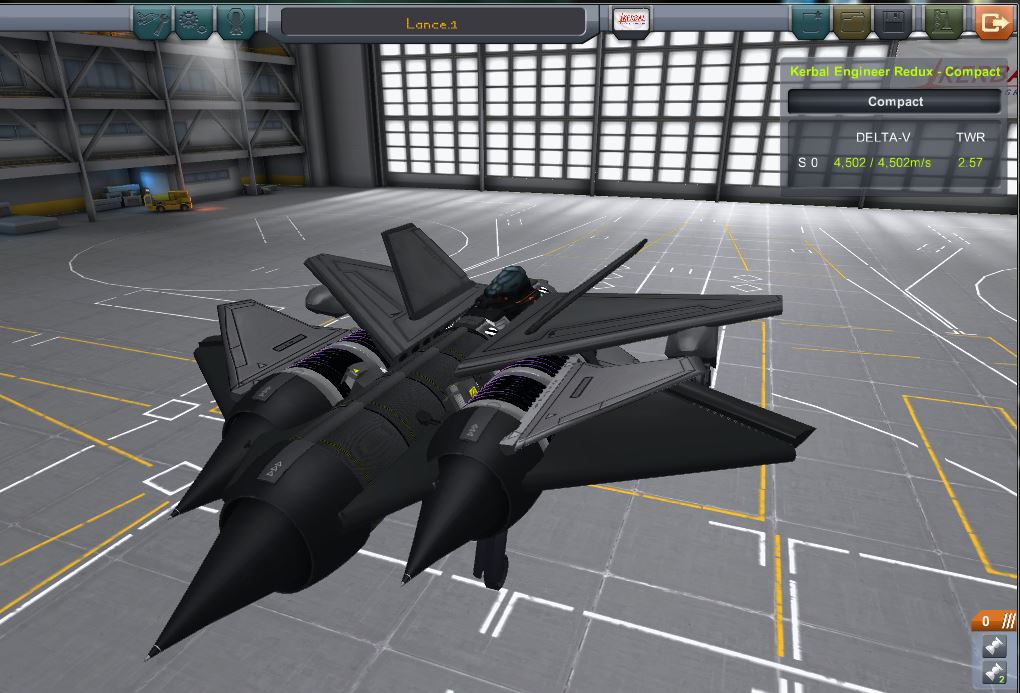
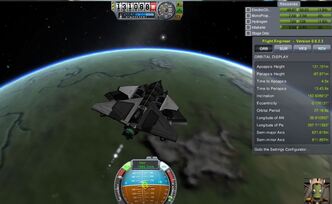
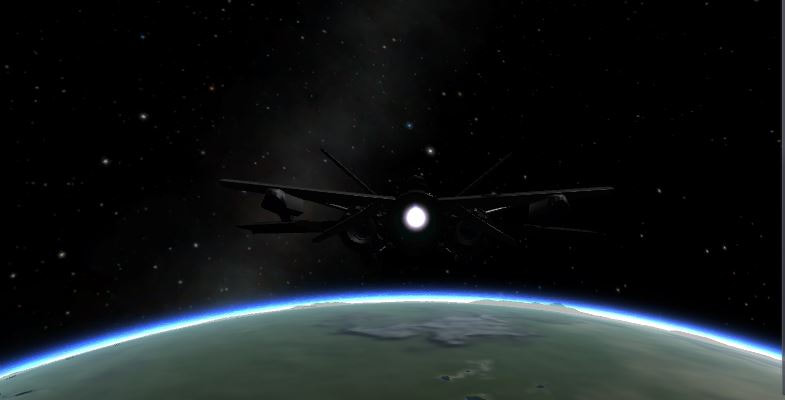
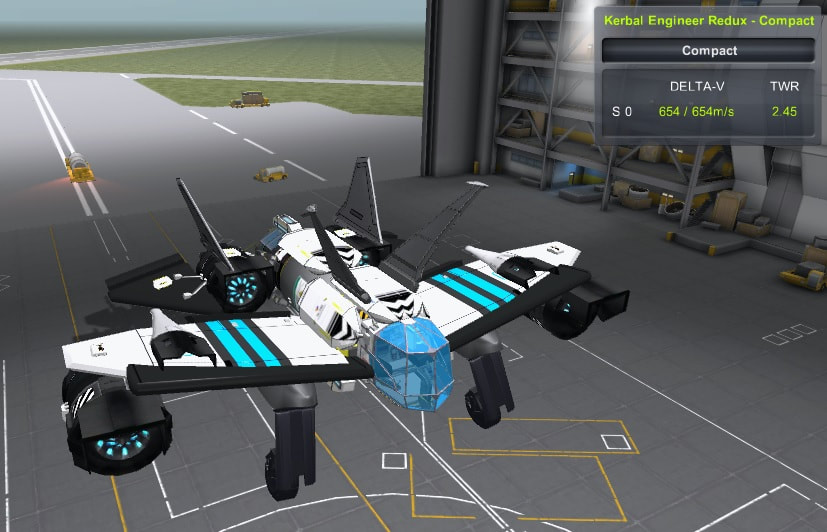

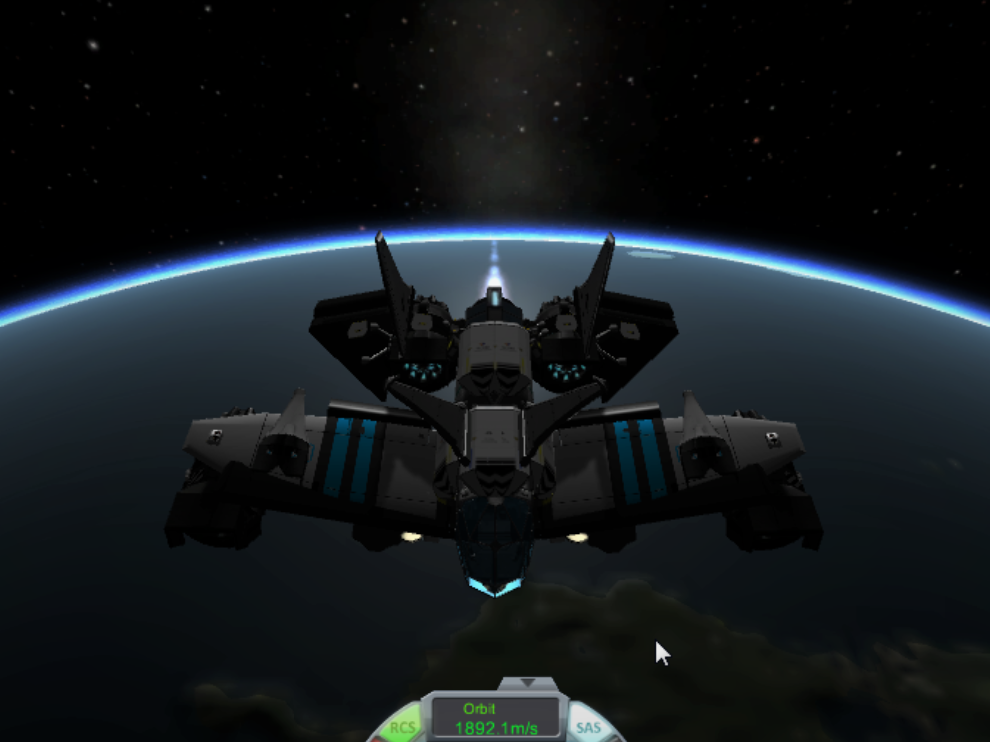
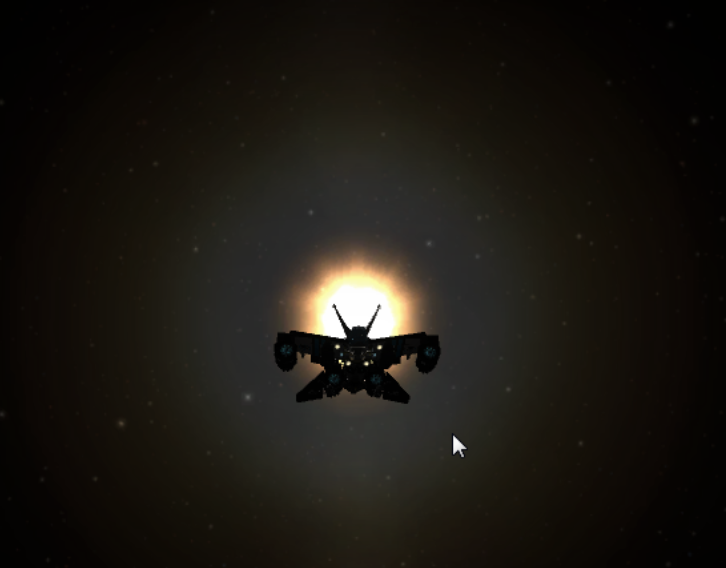

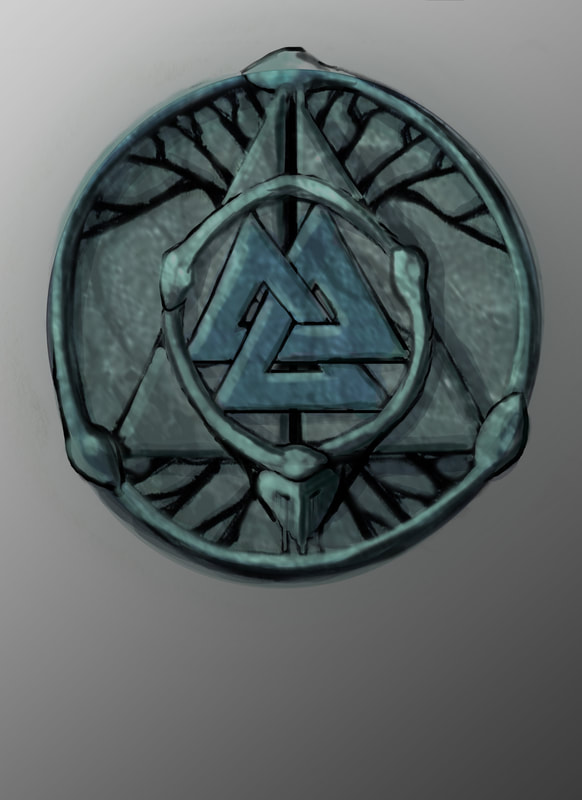

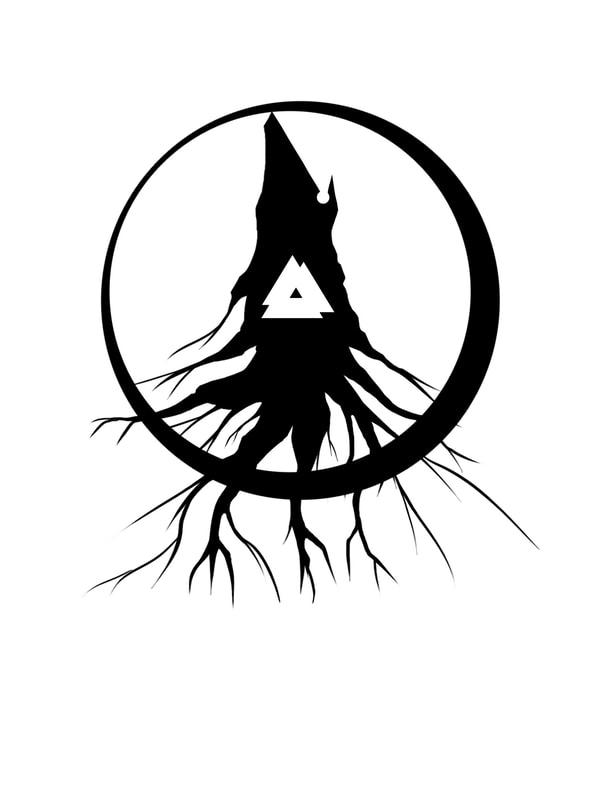
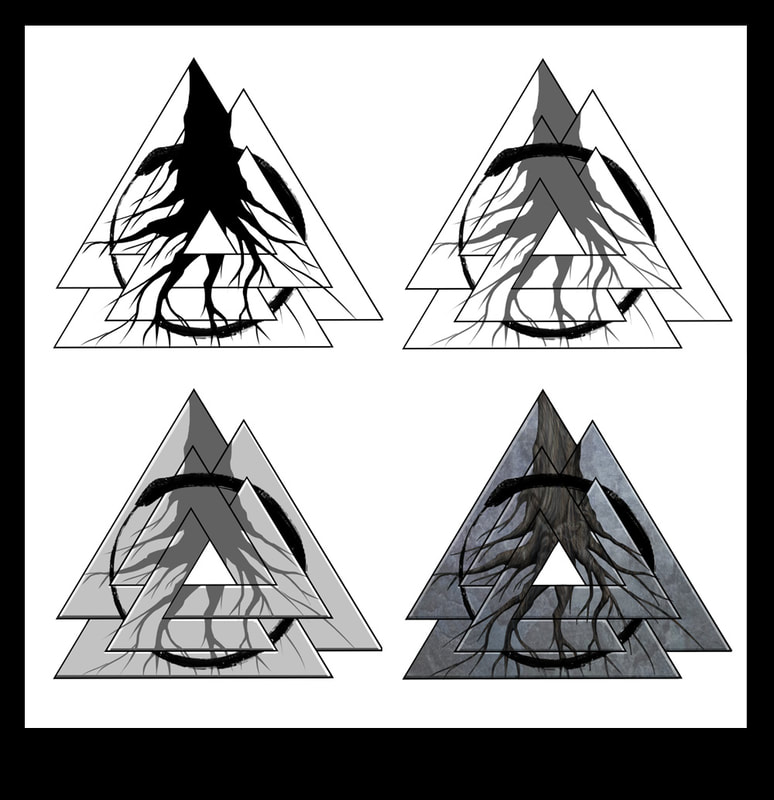
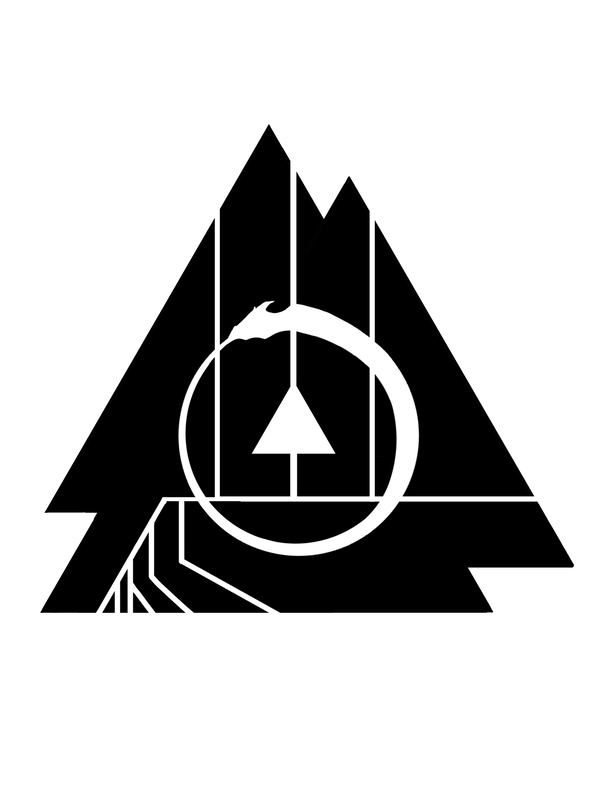
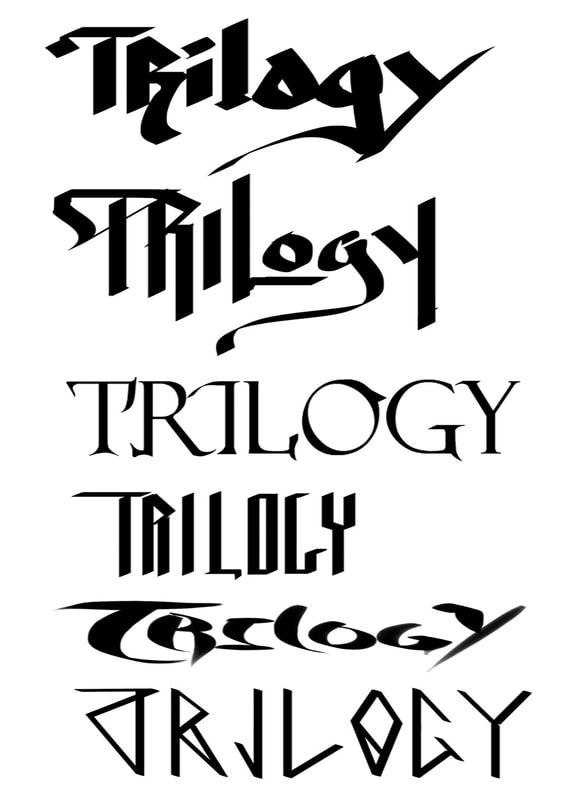
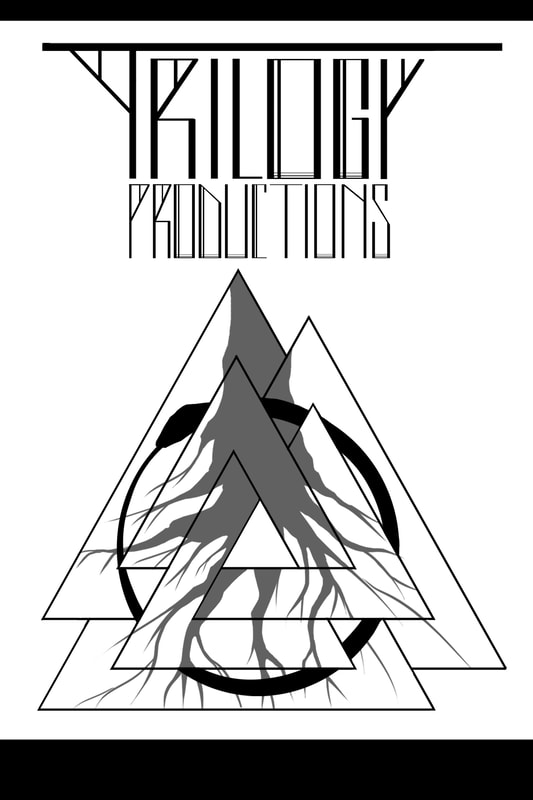
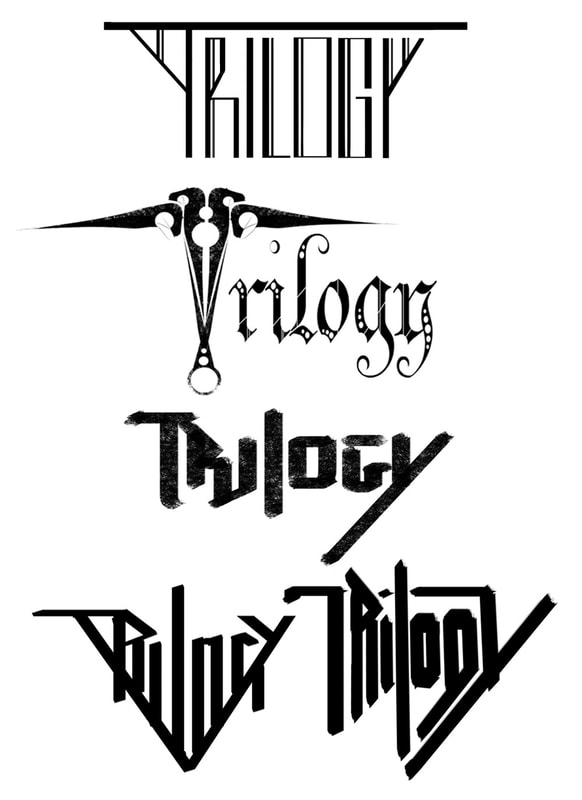
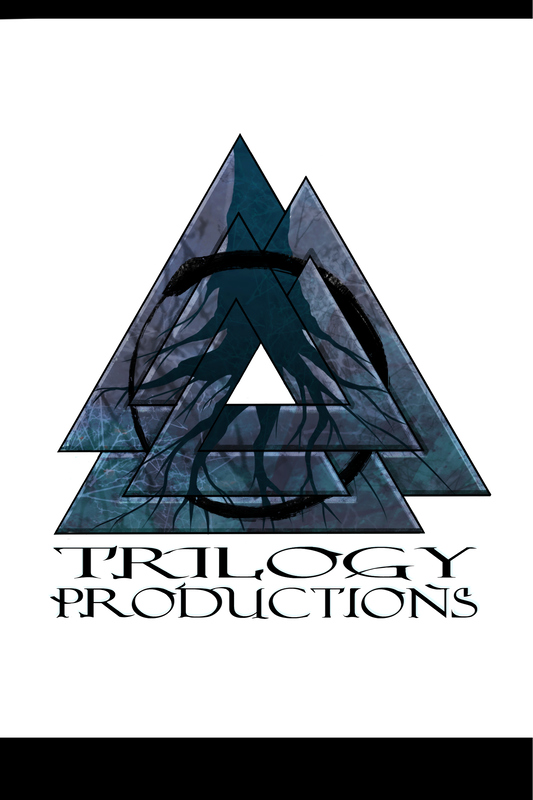
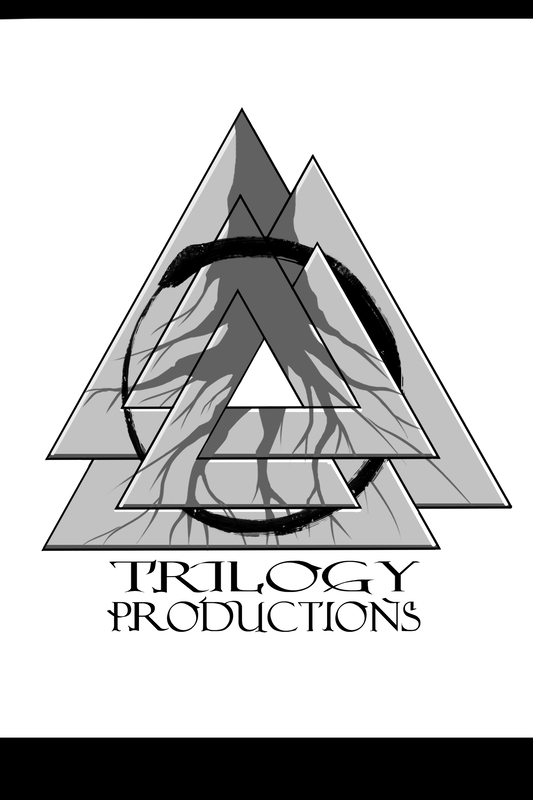
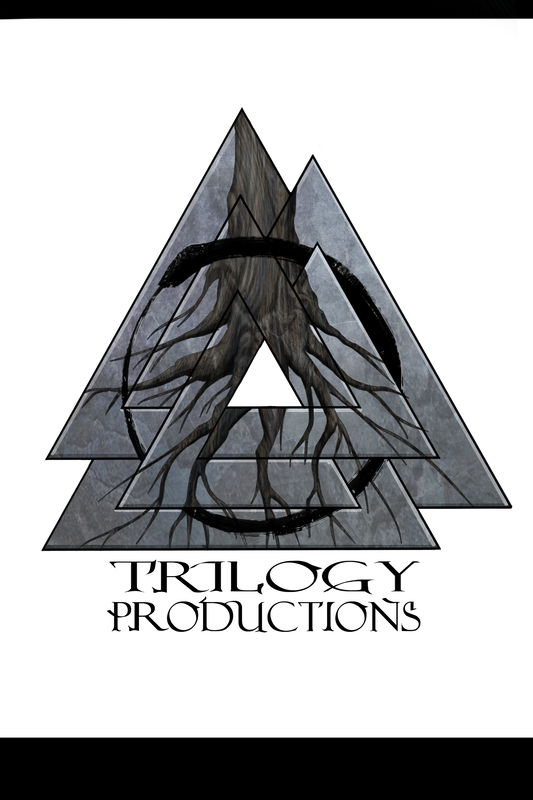
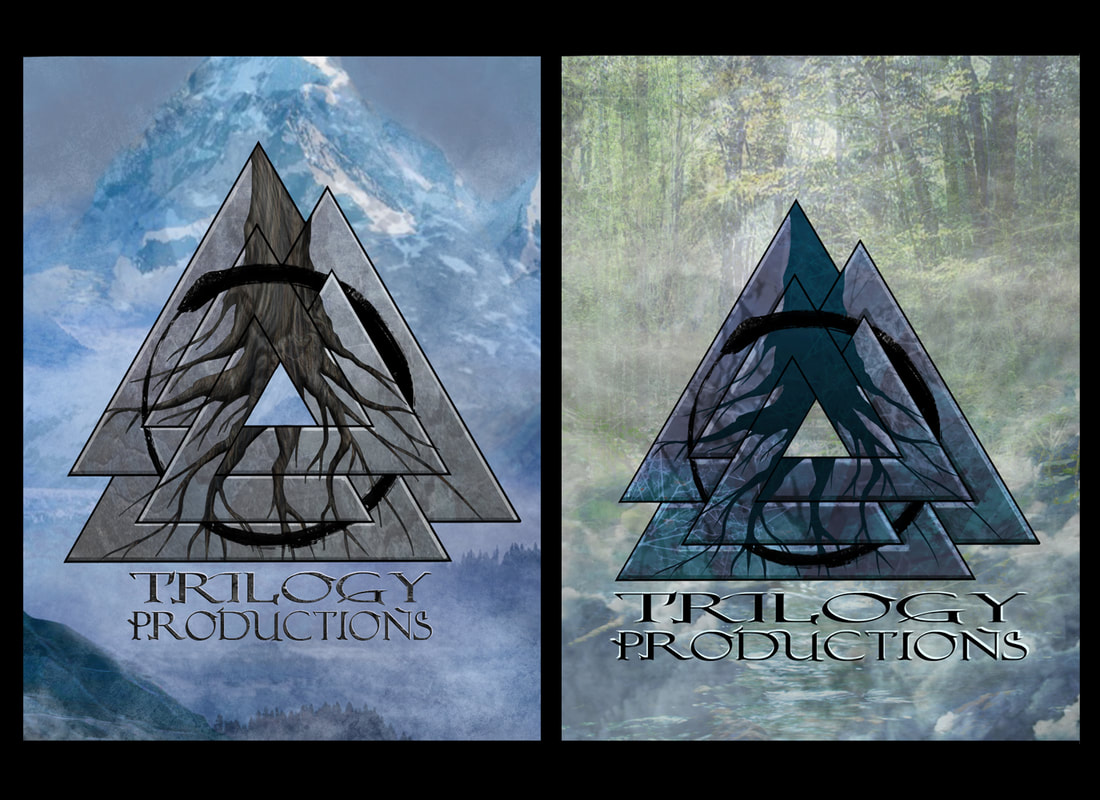
 RSS Feed
RSS Feed